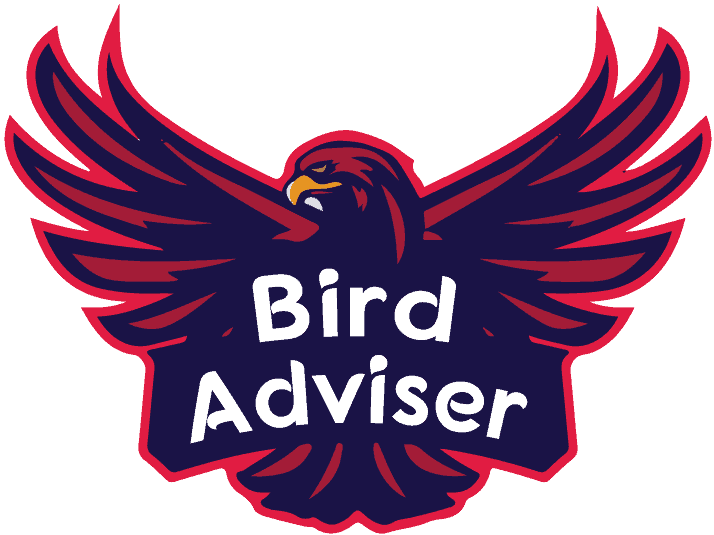Welcome to an enchanting journey through the world of hummingbirds and the plants that beckon them to our gardens.
In this article, I will unveil the ten best plants and flowers that irresistibly attract these delightful little creatures.
Prepare to witness a symphony of colors and melodies as we explore nature’s most alluring invitations for hummingbirds to grace us with their presence.
So, without further ado, let’s dive into the fascinating realm of these winged wonders and the botanical wonders that captivate them.
| Image | Bird | Features | Price |
|---|---|---|---|
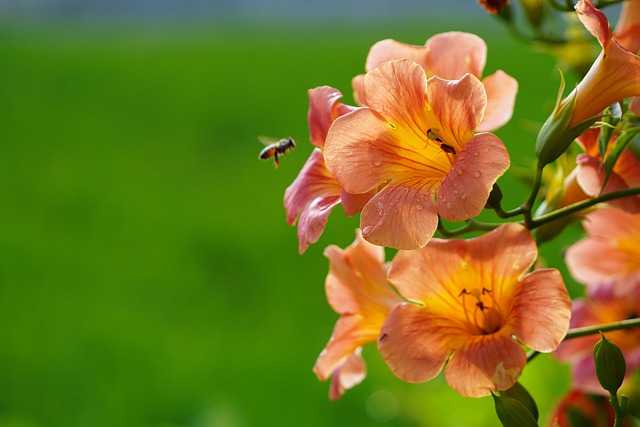 | 9.7 | Check Price | |
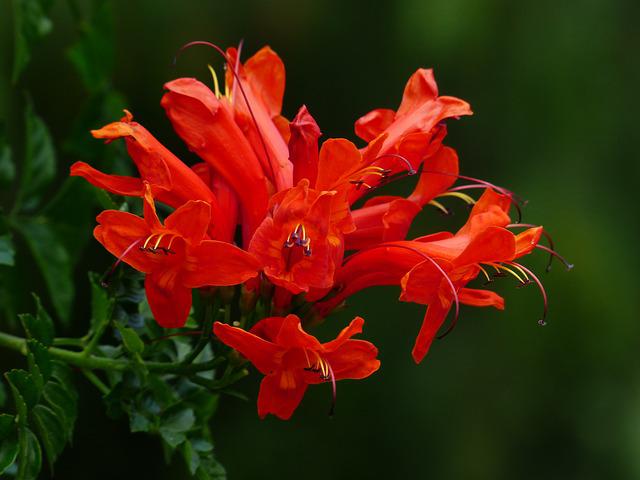 | 9.5 | Check Price | |
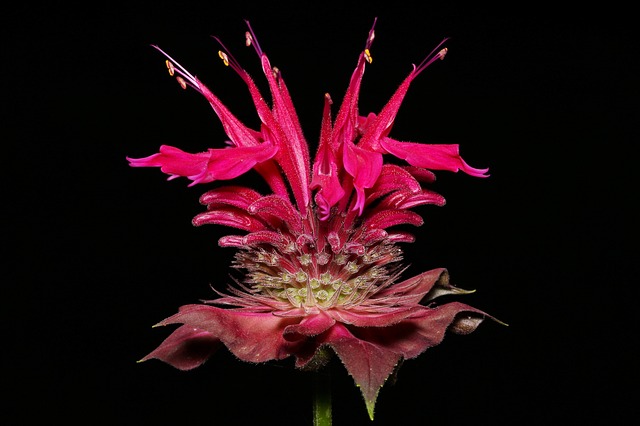 | 9.1 | Check Price | |
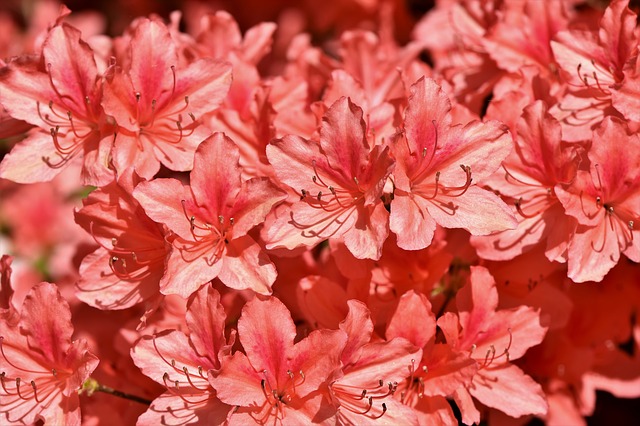 | 8.8 | Check Price | |
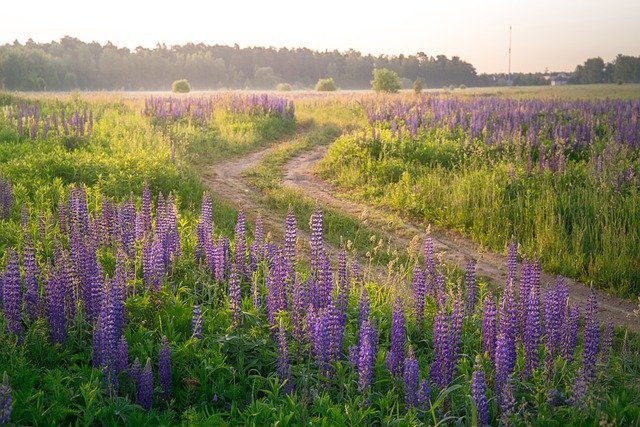 | 8.6 | Check Price | |
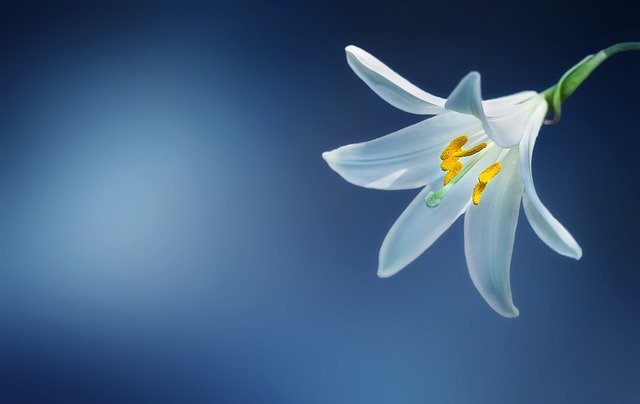 | 8.2 | Check Price | |
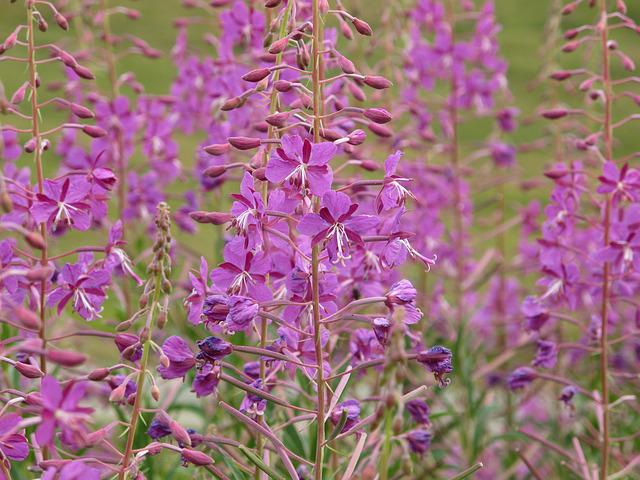 | 8 | Check Price | |
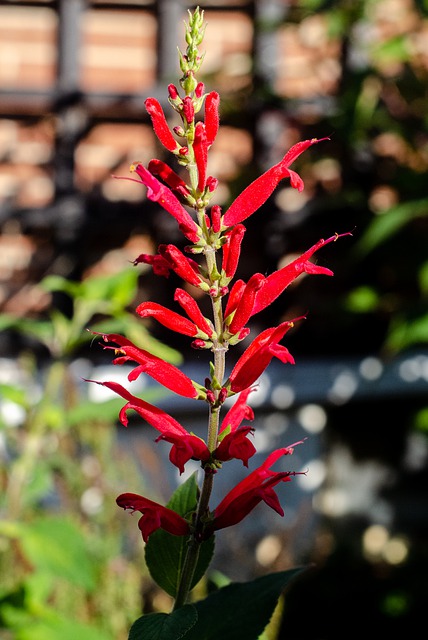 | 7.7 | Check Price | |
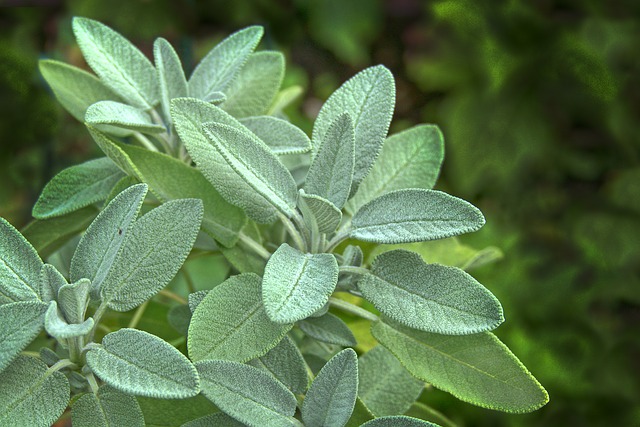 | 7.4 | Check Price | |
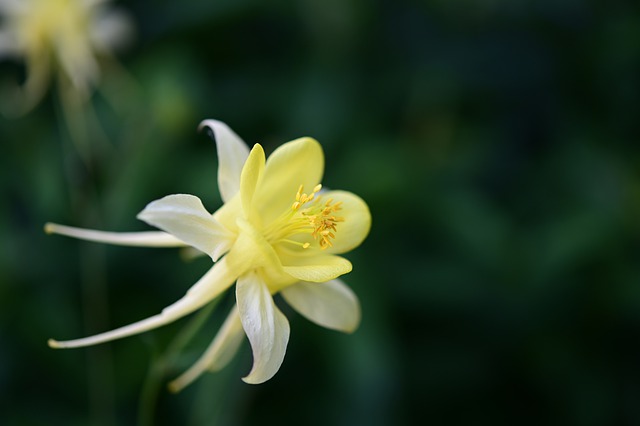 | 7.2 | Check Price |
If you don’t have the time to read the whole article, check out this video for a quick understanding.
Best Plants and Flowers That Attract Hummingbirds
1. Trumpet Vine

The trumpet vine is often called the hummingbird vine, as well as the trumpet creeper.
This plant produces great hummingbird blooms because they are nectar-rich and have the form that hummingbirds prefer: long and tubular.
This flower is quite easy to cultivate, but some individuals find that it quickly outgrows their control, particularly after a year or two.
The foliage can become so dense that birds may opt to build their nests in it.
2. Trumpet Honeysuckle

The trumpet honeysuckle is comparable to the trumpet vine.
Hummingbirds, like the ruby-throated hummingbird, love this shrub, which is endemic to the eastern United States.
Bright red & orange blossoms cover the shrub, providing lots of nectar for your birds.
The trumpet honeysuckle has a number of advantages over the trumpet vine, including the fact that it does not grow as aggressively as the trumpet vine, making it simpler to plant in your garden.
3. Bee Balm

This perennial bloom will attract not only hummingbirds but also insects and butterflies into your yard.
There are far more than 50 distinct cultivars, so you’re likely to discover one that will thrive best in your area.
Check the hardy zone of such flowers as well as other attributes such as mildew protection.
4. Rhododendron

Rhododendrons may be found in gardens all around the world.
Rhododendron catawbiense is one of the hundreds of rhododendron species.
This plant has green leaves all year and produces purple and pink blooms in full bloom towards the end of May every year.
This plant is quite resilient, surviving even harsh winters, and thrives in partial shade.
If not trimmed properly, this plant can grow to be 10 feet tall and broad if not pruned.
Azaleas are a form of rhododendron that may be found throughout North America naturally.
These plants are usually grown from cuttings, although they may also be grown from seeds, which take much longer.
They prefer to grow in shady locations, such as under trees.
There are over 10,000 varieties, so you’re sure to discover one in your yard that both you and the hummingbirds will like.
5. Lupine

Although certain species of lupine are annuals, it is mainly a perennial plant.
Long spikes of blooms are the distinguishing feature of these plants.
Lupine comes in a range of sizes and hues, making it a stunning addition to your hummingbird garden.
The plant grows to be approximately three feet tall and broad, and it prefers partial shade to full sun.
Lupine may be found in plant tolerance zones 4 to 9.
6. Lily

True lilies are distinguished by their huge, spectacular blossoms, which are produced from bulbs instead of seeds.
These plants, which belong to the Lilium genus, lure hummingbirds, particularly once they have red blooms.
Hummingbirds are attracted to a range of species, but two native species in North America attract them.
The Columbia lily, sometimes known as the tiger lily, draws the rufous hummingbird to western North America, particularly the US and Canada.
7. Fireweed

Hummingbirds are attracted to fireweed, also known as the great willowherb.
This herbaceous plant may be found all across the Northern Hemisphere.
The plant has various characteristics, including spiral leaves rather than whorled leaves and equal ovaries instead of two filaments of uneven swirls.
The stems of this plant have a characteristic crimson tint, and the flower blooms in a tapered pattern from bottom to top, giving it a tapered shape.
The blossoms range in hue from magenta to pink.
8. Red Cardinal Flower

The red cardinal flower is a hummingbird’s favorite hue, and it may be found in practically the whole United States and also in eastern Canada.
Hummingbirds are specifically built to feast on the brilliant red tubular blooms produced by the plant.
Most insects are unable to consume nectar, so hummingbirds should face little competition.
The red cardinal flower prefers moisture and a shaded environment, such as behind trees.
9. Sage

Because of its versatility, sage is an excellent plant to cultivate in your garden.
The leaves are delicious in spite of being attractive to hummingbirds.
There are dozens of sage varieties and types to choose from, so you’re sure to find one that thrives in your yard and attracts hummingbirds.
Salvia plants, which belong to the genus Salvia, come in a variety of colors.
The growth habit of the plant differs as well: some are permanent, while some are evergreen.
The blooms attract a range of pollinators, not only hummingbirds, and the spikes are tubular.
10. Columbine

The term “columbine” refers to a group of flowering plants of the genus Aquilegia.
The red columbine, which really is native to the eastern region of America and therefore is red in color, is a good choice for the eastern United States since it is more prone to lure hummingbirds.
Hummingbirds, like most of the flowers on this list, have an easier time getting to the nectar than insects; therefore, they don’t face as much competition for it.
The columbine flower’s distinct appearance makes it a hold specimen in many gardens, so hummingbird guests will love visiting it when it blooms in May every year.
Do’s in Planting Hummingbird Flowers
When planting hummingbird flowers, keep the following in mind:
- Hummingbirds are Nectar Eaters
After all, they’re flapping their wings 60 times per second, so they require this high-energy sugar method of keeping them going.
Hummingbirds are attracted to nectar-producing plants.
Hummingbirds are drawn to tubular, long blossoms, which their lengthy beaks are meant to reach.
- You should use Native Plants to Attract Hummingbirds since they are accustomed to and comfortable with them
Hummingbirds get their energy from these plants, which are also their favorite diets.
- Go with plants that really are native to North America or just have grown widely in the wild in order for your bird visitor to identify them in North America
You should also keep to flowers that are simple to get by for enticing your hummingbird species, particularly ones that are native to your area.
This attribute is directly related to the use of flora local to your country.
Your local nursery can assist you in locating native plants which entice hummingbirds in your neighborhood.
- If you’re an expert gardener, you’ll want to choose flowers that are simple to grow
If you’re short on time, choose plants that require minimum maintenance, such as watering and trimming.
When selecting plants for your garden, bear in mind your plant hardiness zone, but this is true of all plants, not only hummingbird-friendly ones.
Hummingbird Repelling Flowers
Each hummingbird guidebook, as well as a specialist, will tell you to grow flowers to attract hummingbirds to your yard, but it takes much more pretty flowers to convince these birds to pay you a visit.
Many of the most common and widely planted flowers are poor options for attracting hummers.
Knowing which flowers to avoid may help birders create beautiful flowerbeds that also provide nourishing, plentiful meals for hummingbirds.
Why Not All Flowers Attract Hummingbirds?
Although hummingbirds visit lots of different plant types, not all of them are equally enticing to such insectivorous birds.
There are several flowers that hummingbirds dislike among the world’s 400,000 blooming plants.
Many flowers do not generate nectar and, as a result, do not provide food for a hungry hummingbird.
Hummingbirds had evolved their specialized, needle-like bills to dig deep into flowers having extended tubular forms, while blooms with other shapes, such as puffs, bowls, saucers, or lips, are less appealing to them.
Hummingbirds frequently hover while eating; thus, blooms that don’t give enough room for them to do so are less tempting when flower blossoms have an impact on how appealing it is to hummingbirds.
For example, in northern places, some of the first spring flowers bloom long before hummingbirds arrive from their winter habitats.
Thus they are useless to the birds.
Late-blooming types, on the other hand, may only be plentiful when hummingbirds already have gone for the fall migration, making them useless as a food source.
Even though a flower is initially attractive to hummingbirds, if it is an invasive, foreign type, it may be unsuitable for use in a hummingbird garden since it may crowd out some other plants, which are more helpful and may eventually destroy other landscaping.
Conclusion
In conclusion, inviting hummingbirds into our gardens can be an immensely rewarding and magical experience.
By incorporating the ten best plants and flowers we’ve explored in this article, we can create a haven that not only delights our eyes with vibrant colors but also fills our ears with the melodious hum of these fascinating creatures.
From the striking Scarlet Beebalm to the elegant Coral Honeysuckle, each plant offers a unique allure that entices hummingbirds to return time and again.
By providing them with a rich source of nectar and a safe haven for rest, we contribute to their well-being and contribute to the preservation of these incredible pollinators.
Moreover, as we cultivate these bird-friendly gardens, we become witnesses to the interconnectedness of nature, as other pollinators and wildlife also benefit from these floral havens.
So, whether you’re an avid gardener or simply wish to add a touch of charm to your outdoor space, consider introducing these plants and flowers to attract hummingbirds.
Embrace the beauty of nature and let these tiny, iridescent visitors enchant you with their grace and elegance.
As we share our world with these winged wonders, we find ourselves immersed in a symbiotic dance that reminds us of the profound importance of preserving and cherishing the biodiversity that surrounds us.
Together, let’s sow the seeds of harmony and create a welcoming sanctuary for hummingbirds and other creatures alike.
Happy gardening!
FAQ
Why should I attract hummingbirds to my garden?
Attracting hummingbirds to your garden not only adds a touch of natural beauty and wonder but also serves as a beneficial ecological endeavor. Hummingbirds are essential pollinators, helping plants reproduce and maintain biodiversity. Additionally, their presence can bring joy and entertainment as you observe their acrobatic flights and hear their soothing hums.
Are these plants suitable for all regions and climates?
While some of the plants mentioned in the article have a wide range of adaptability, others might be more specific to certain climates or regions. It’s crucial to consider your local climate, soil type, and sun exposure before selecting plants. Research or consult with a local nursery to find the best-suited options for your area.
How do I care for the plants and flowers to ensure they attract hummingbirds effectively?
To attract hummingbirds successfully, provide the plants with adequate sunlight, water, and proper soil conditions. Regularly deadhead spent flowers to encourage continuous blooming and nectar production. Refrain from using pesticides, as they may harm the birds and their food sources.
How long does it usually take for hummingbirds to discover the new plants in my garden?
The time it takes for hummingbirds to discover the plants largely depends on their migratory patterns and the availability of food sources in your area. However, once the plants begin to bloom and produce nectar, it’s likely that hummingbirds will be drawn to them within a few days to a few weeks.
Can I grow these plants in containers or pots on my balcony or patio?
Absolutely! Many of the plants mentioned in the article can thrive in containers or pots. Ensure the containers have proper drainage, and choose a sunny location for your balcony or patio to maximize plant growth and hummingbird attraction.
Last Updated on July 22, 2023 by Lily Aldrin
